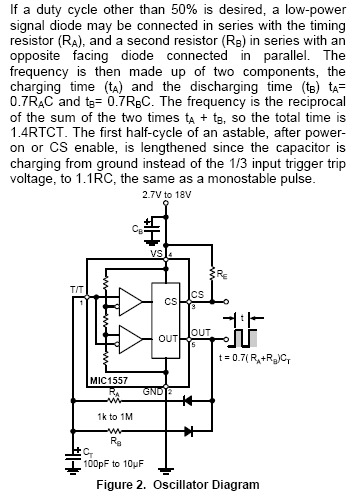Benm
0
- Joined
- Aug 16, 2007
- Messages
- 7,896
- Points
- 113
Depends on what you consider high frequencies. When its in the order of 10kHz-100kHz, stray inductance is rarely a real problem, unless you run wires that are meters long.
An input buffer cap on the driver is obviously a good idea, but i reckon it has one already if you got it as an assembled unit. I prefer something like a good quality 100 nF ceramic, possibly augmented with an electrolytic if input voltage isnt all that reliable.
An input buffer cap on the driver is obviously a good idea, but i reckon it has one already if you got it as an assembled unit. I prefer something like a good quality 100 nF ceramic, possibly augmented with an electrolytic if input voltage isnt all that reliable.




